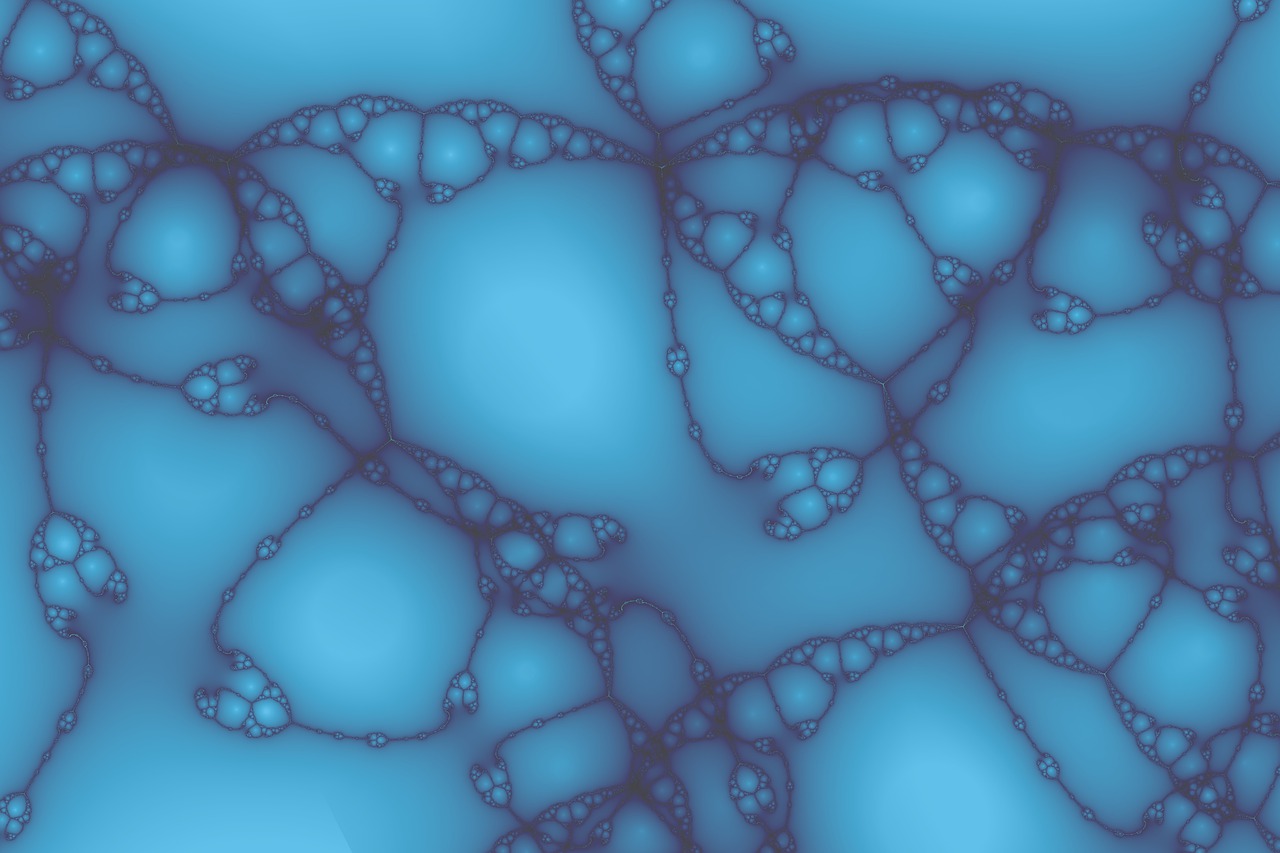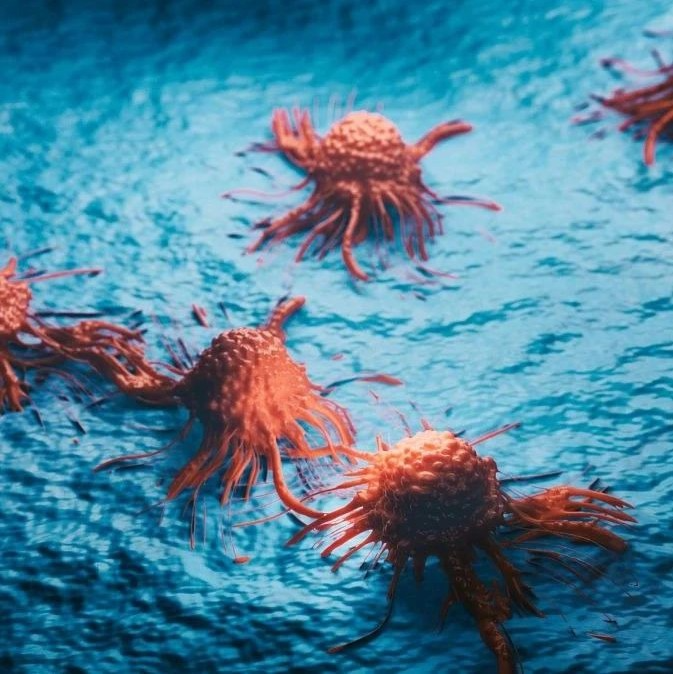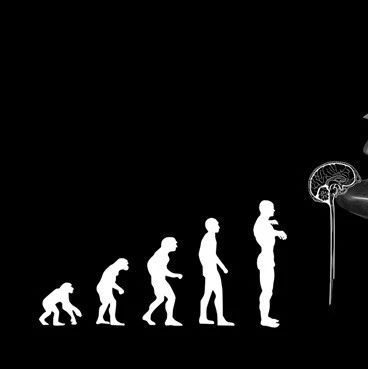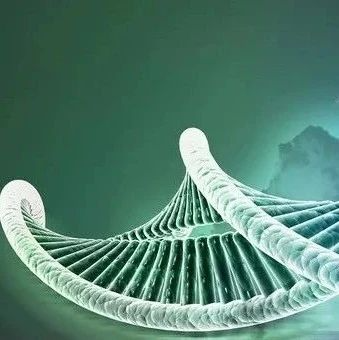北京时间7月14日消息,据国外媒体报道,如果你想要快速回顾一下人类大脑在过去2500万年内的进化史,只需要观察婴儿到成人大脑的成长历程就可以了。在人最初的几十年内,大脑最外层的多褶皱部分――大脑皮层――正重演着人类从猿类中分化出来并进一步演化的历程。
“这并不是说某种一对一的精确对应,但是双方相似的部分实在引人注目,让人无法忽略,”来自华盛顿大学圣路易斯分校的神经生物学家大卫冯埃森(David Van Essen)说。在7月12日出版的美国《国家科学院院刊》(PNAS)上,冯埃森领导的小组比较了人类婴儿和成年人的大脑扫描结果。结果显示的差异性被用来和另一扫描结果进行对比,即成年人类和短尾猴的大脑皮层形状差异。在大约2500万年前,人类和短尾猴拥有共同的祖先。

最上部一排是成年短尾猴和人类大脑皮层差异对比;中间一排是人类婴儿期和成年期大脑差异对比;底部一排是人类发展和进化历程中产生变化的对比。(图像版权:《国家科学院院刊》)
自那以后,人类大脑经历了超速发展,变得异常巨大而复杂。虽然并非所有变化都牵涉到大小和形状,人类同时也发展出了崭新的基因系统,并且以完全不同的方式运行,但所有这些变化都毫无疑问属于人类进化历程的一部分。而在婴儿时期,人类大脑尚未发育完全,因而显得非常幼小。根据冯埃森的说法,这种大脑发展模式可能代表了由于不断进化而产生的一种优势策略。
此项最新研究发现,不论是婴儿和成年人之间还是人类和猿猴之间,大脑在成长中变化最小的是那些和最重要的核心感觉相关的部位,如视觉。很显然,这些感觉是从出生起就非常重要的。而如果其他一些不那么重要的大脑部分也同样发育成熟的话,婴儿的脑袋就将显得很大,而这显然会对怀孕期间造成麻烦。
“这一先后的发育顺序同时还使大脑的晚发育部分有机会得到童年时代的经验学习”,冯埃森说。巨量的社会文化经验充实了婴儿的大脑,使婴儿以及整个人类种族具有更强的适应能力,也使发展复杂的社会体制成为可能。“相对其他灵长类动物而言,人类的童年期相对较长”,冯埃森说。“我们学习大量的知识技能,但这也要花费大量的时间。”
更多阅读
美国《国家科学院院刊》相关论文摘要(英文)
每日科学网站相关报道(英文)
《连线》杂志相关报道(英文)
Similar patterns of cortical expansion during human development and evolution
Jason Hilla,1, Terrie Indera, Jeffrey Neila, Donna Dierkerb, John Harwellb, and David Van Essenb
Published online before print July 12, 2010, doi: 10.1073/pnas.1001229107
Abstract
The cerebral cortex of the human infant at term is complexly folded in a similar fashion to adult cortex but has only one third the total surface area. By comparing 12 healthy infants born at term with 12 healthy young adults, we demonstrate that postnatal cortical expansion is strikingly nonuniform: regions of lateral temporal, parietal, and frontal cortex expand nearly twice as much as other regions in the insular and medial occipital cortex. This differential postnatal expansion may reflect regional differences in the maturity of dendritic and synaptic architecture at birth and/or in the complexity of dendritic and synaptic architecture in adults. This expression may also be associated with differential sensitivity of cortical circuits to childhood experience and insults. By comparing human and macaque monkey cerebral cortex, we infer that the pattern of human evolutionary expansion is remarkably similar to the pattern of human postnatal expansion. To account for this correspondence, we hypothesize that it is beneficial for regions of recent evolutionary expansion to remain less mature at birth, perhaps to increase the influence of postnatal experience on the development of these regions or to focus prenatal resources on regions most important for early survival.







